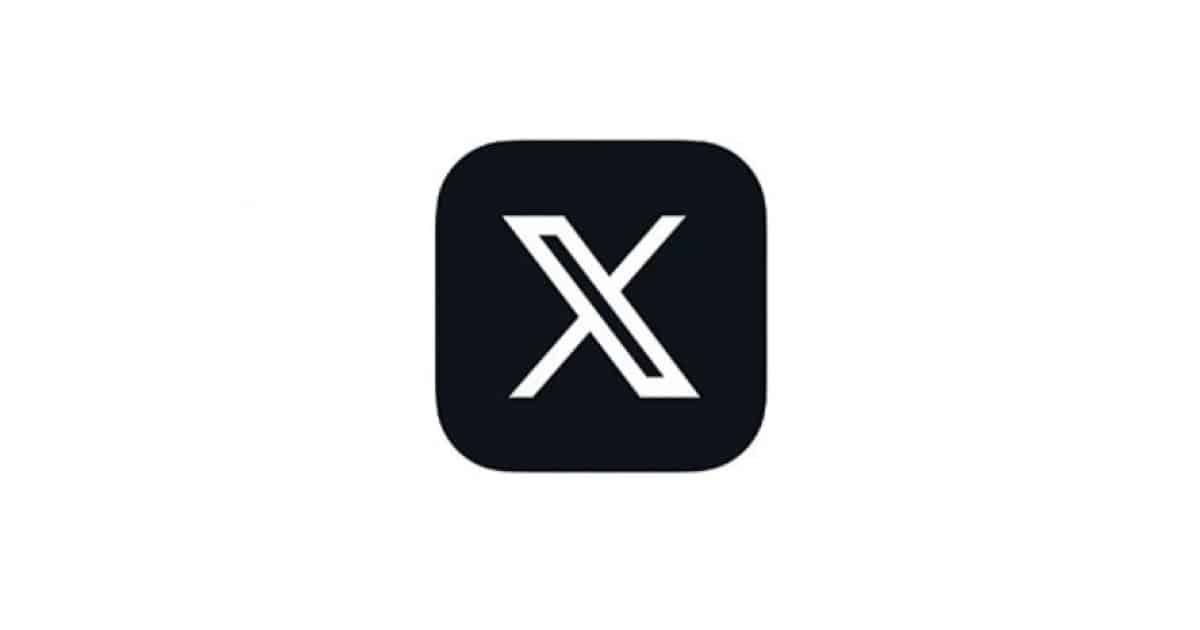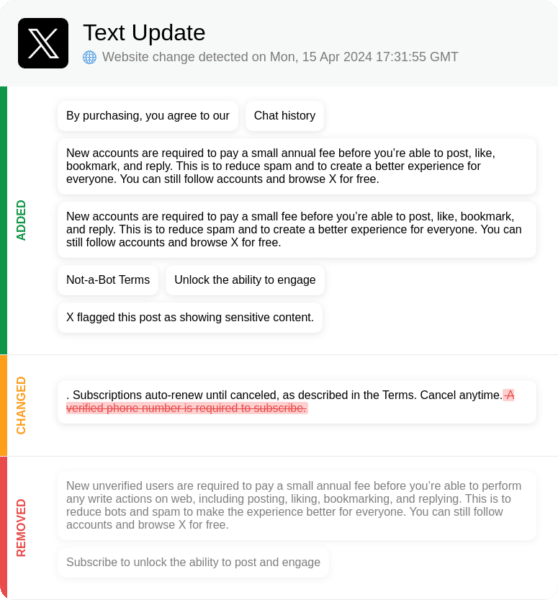In recent years, the issue of combating bots and spammers has become a prevalent challenge for social media platforms. The latest development in this ongoing battle comes from X, formerly known as Twitter, where CEO Elon Musk is proposing a novel approach to tackle the problem head-on.
Elon Musk’s recent comments suggest that X may be gearing up to implement a new policy requiring new users to pay a small fee before they can engage in basic activities such as posting, liking, replying, or bookmarking content. This move, Musk argues, is a necessary step to address the “relentless onslaught of bots” that plague the platform.

X’s fee plan raises concerns for platform access
Speculation about this policy change began swirling when @xUpdatesRadar noticed changes to the platform’s text strings, indicating a shift towards charging new users for access to certain features.

While this policy has been tested in select markets like New Zealand and the Philippines, Musk’s comments hint at a broader rollout in the near future.
Unfortunately, a small fee for new user write access is the only way to curb the relentless onslaught of bots.
Current AI (and troll farms) can pass “are you a bot” with ease.
The rationale behind this move is clear: traditional measures like CAPTCHA are no longer effective deterrents against sophisticated bots powered by AI. By introducing a financial barrier, X aims to dissuade bot operators from mass registration while also generating additional revenue.
However, the proposed fee structure raises questions about its potential impact on user experience and platform adoption. While existing users remain unaffected, new users may face obstacles in accessing basic features, potentially deterring them from joining the platform altogether.
Moreover, concerns have been raised about such a measure’s effectiveness in curbing bot activity. Critics argue that determined spammers may still circumvent the fee by creating multiple accounts or waiting out the probationary period.
X has been exploring various strategies to boost its financial performance on the revenue front, including ad-revenue-sharing programs and partnerships with content creators. The introduction of user fees for basic features could provide a further boost to the platform’s bottom line, albeit at the risk of alienating potential users.
In response to queries about the fee structure, Musk has hinted that new users may gain free access to posting privileges after a probationary period, suggesting a phased approach to implementation.
As X navigates this potential shift towards a paid model, the broader implications for the future of social media remain uncertain. Will other platforms follow suit by implementing similar measures to combat bot activity? And how will users react to the prospect of paying for what was once considered free?
Only time will tell how X’s experiment with user fees unfolds, but one thing is clear: the battle against bots is far from over, and innovative solutions will be needed to ensure the integrity and usability of social media platforms in the years to come.